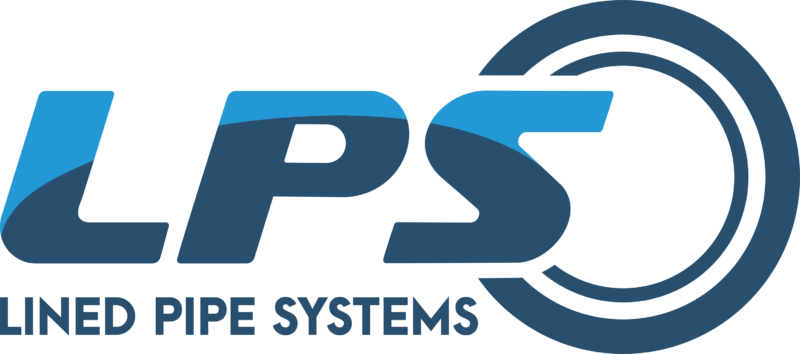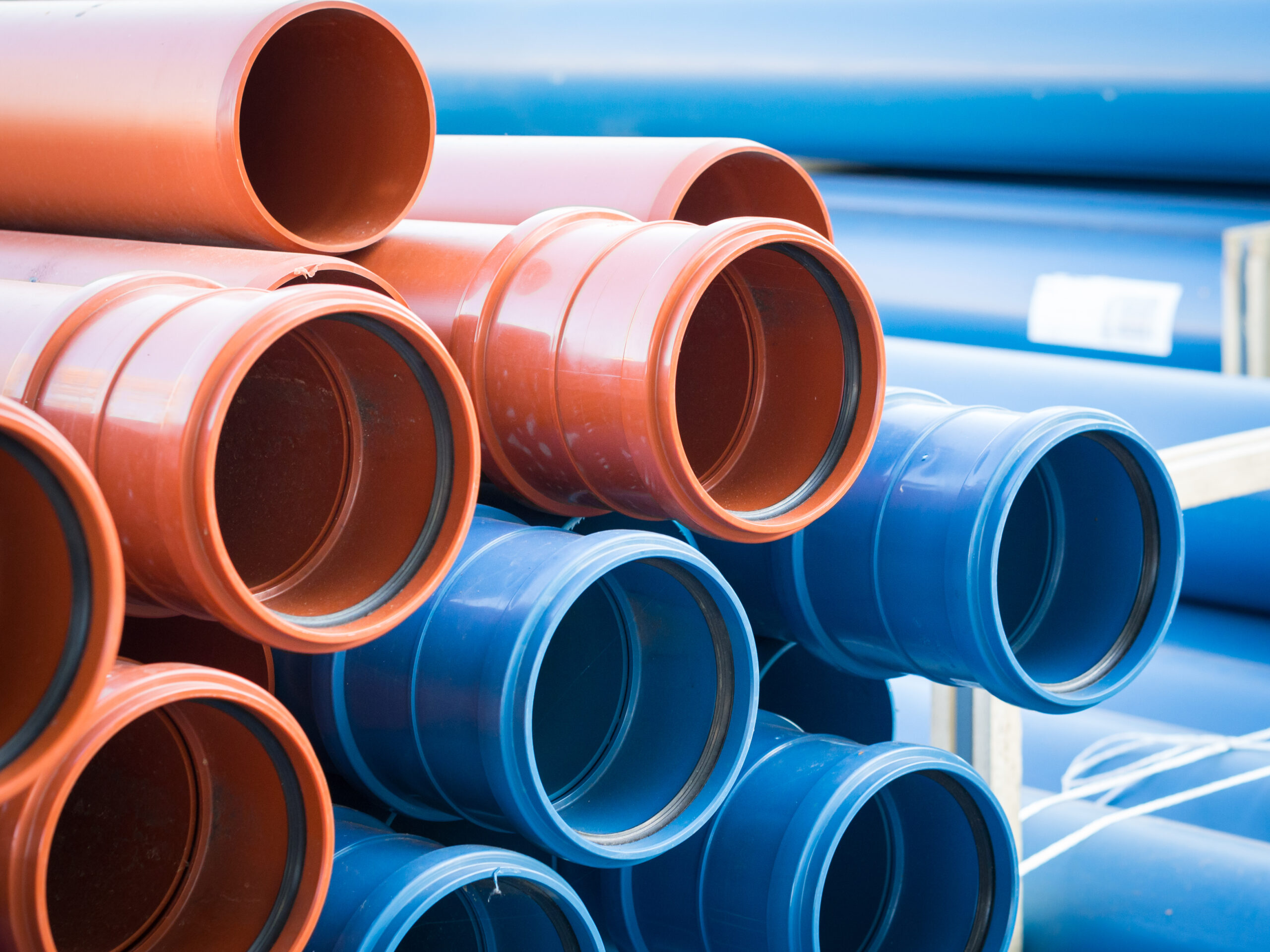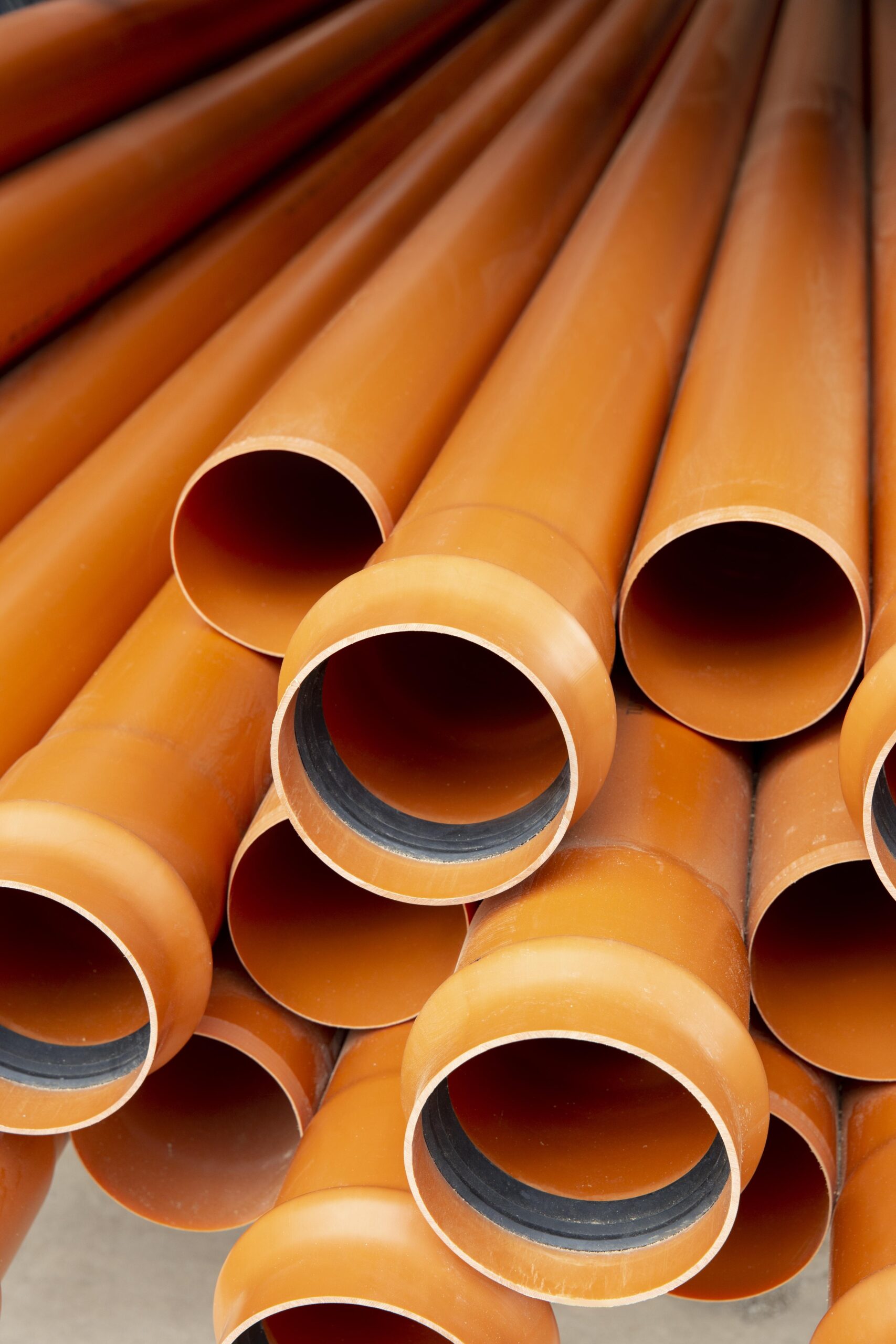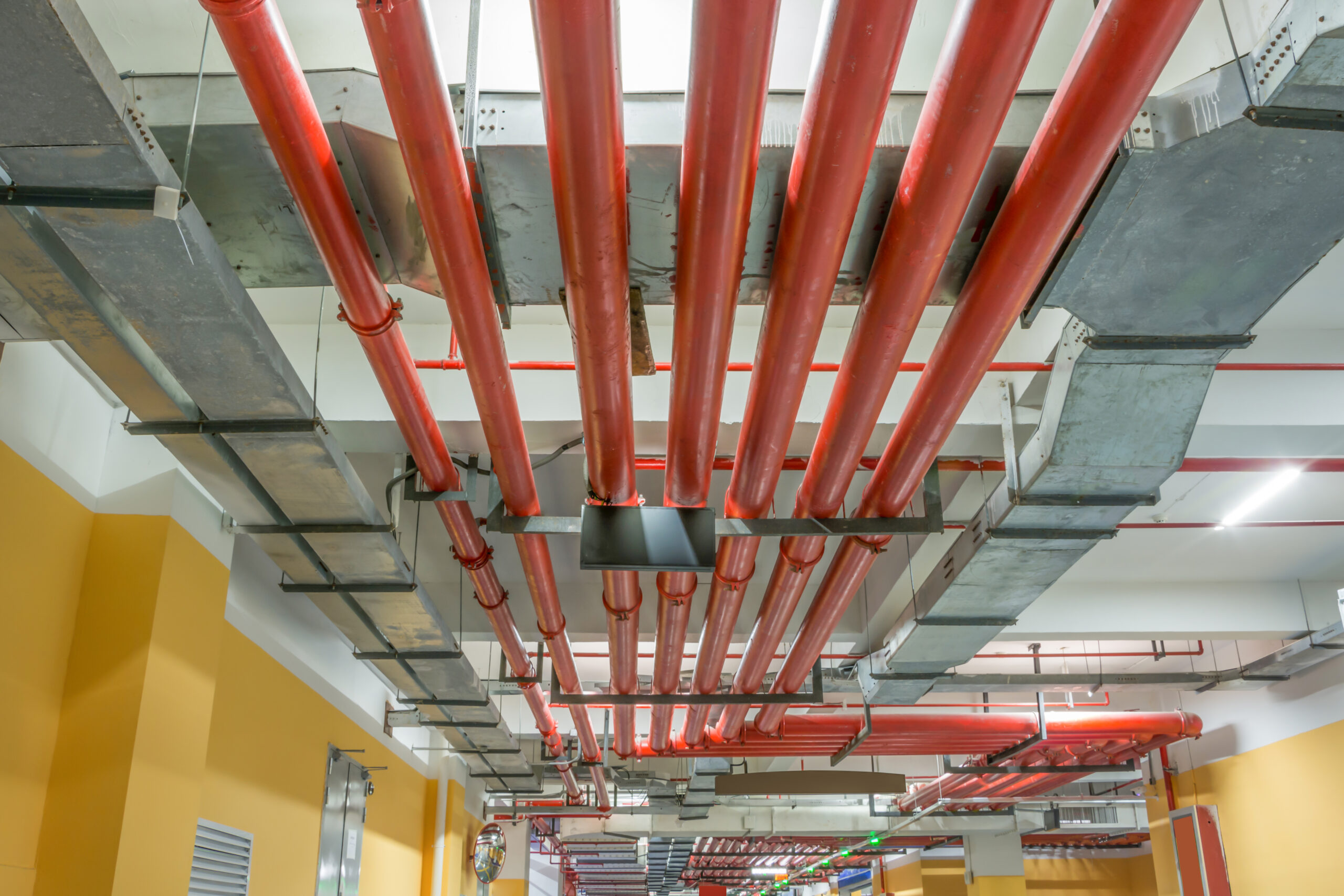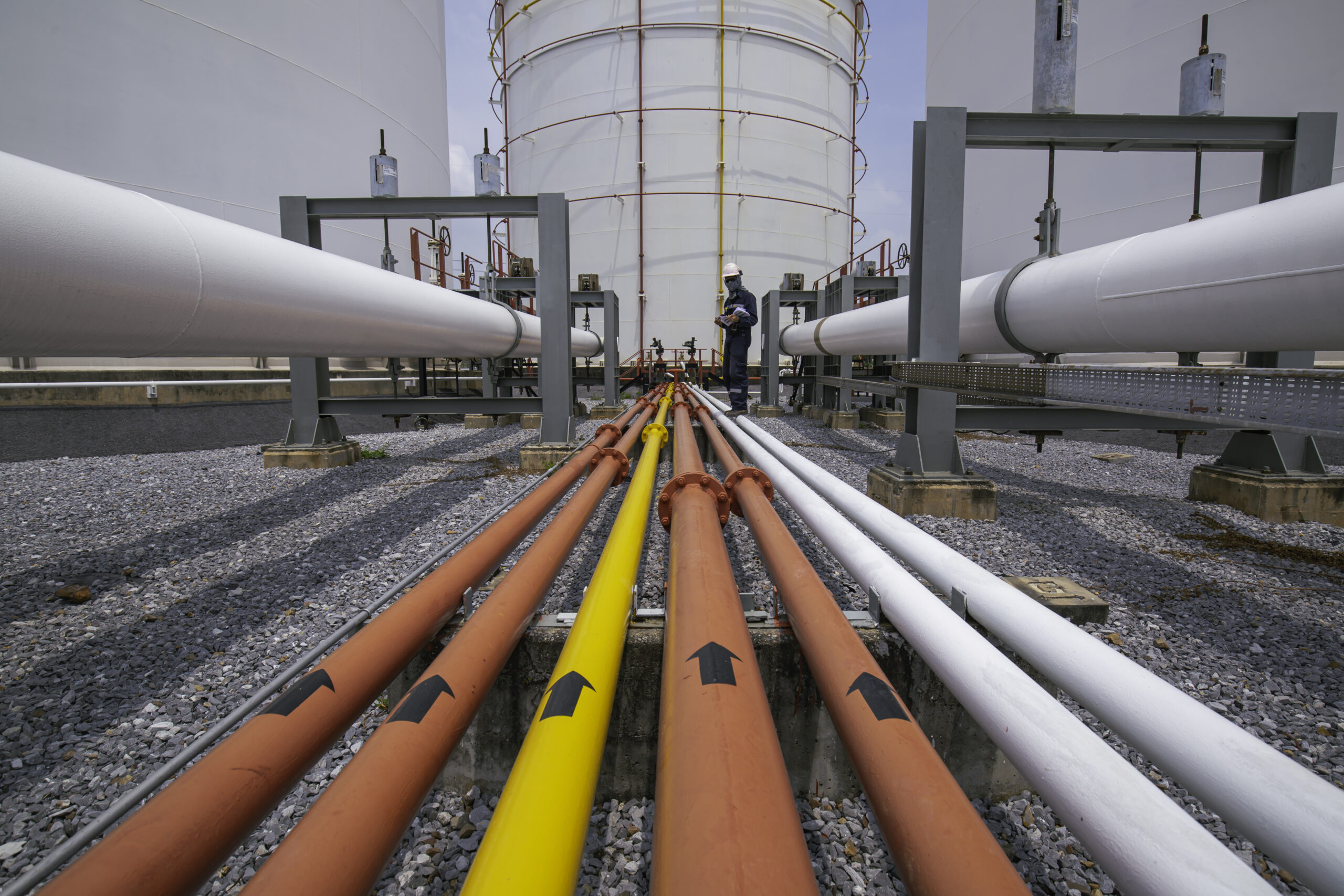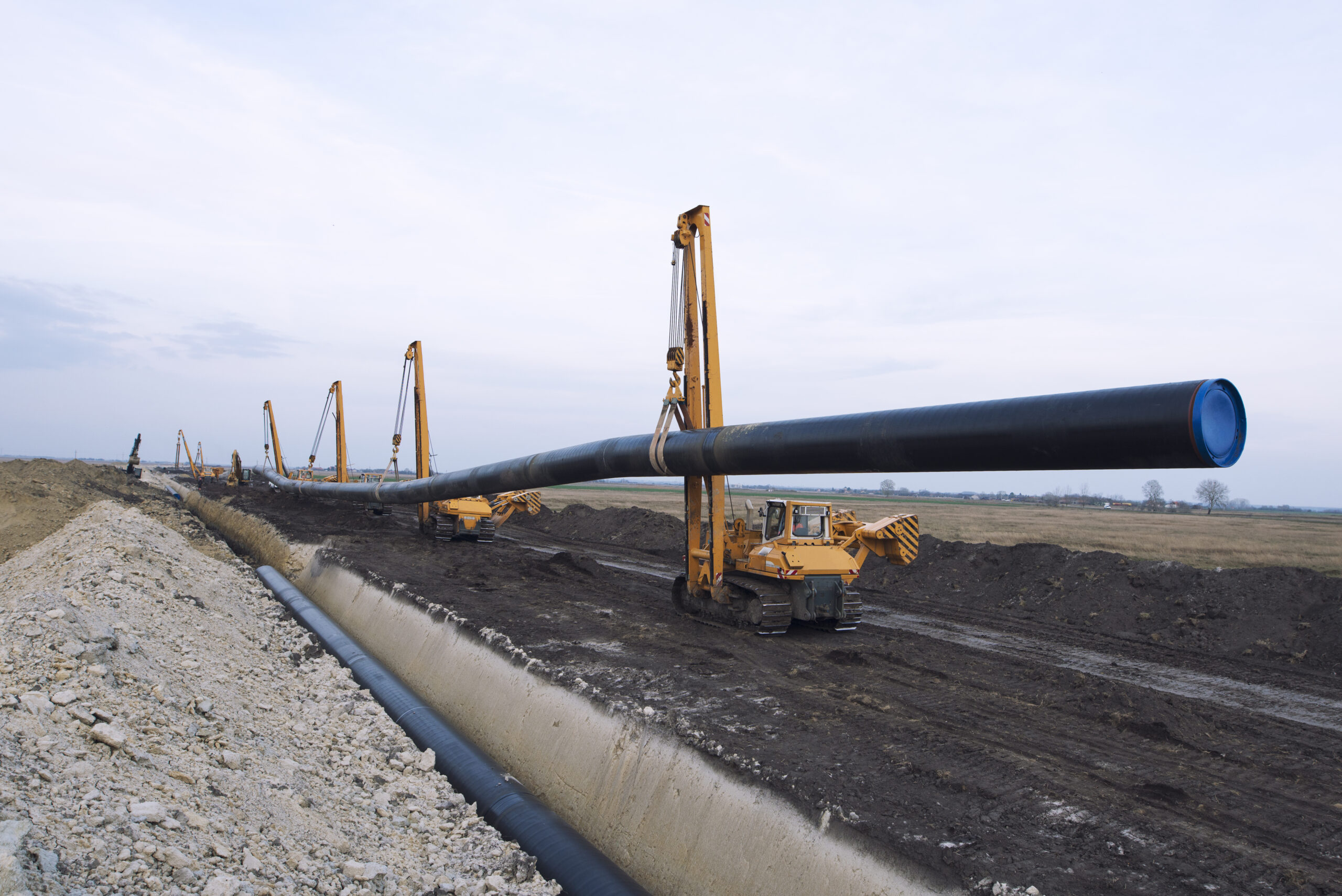Pipeline protection technologies have evolved to address one central challenge, how to prevent corrosion, abrasion, and leaks while extending asset life. Among the most widely used methods are sleeves and liners. Both provide effective protection, but they serve different purposes depending on pipeline conditions, operating environments, and long-term project goals.
At Lined Pipe Systems, we are often asked which option is more effective. The reality is that it is not about choosing one over the other. Instead, the decision comes down to understanding sleeve vs liners and identifying where each technology fits best in a pipeline integrity program.
The Role of Liners in Pipeline Protection
Liners are continuous internal barriers applied throughout the length of a pipeline. They are usually made from materials such as HDPE, polyurethane, epoxy, or other polymers. Their purpose is to shield steel from corrosive fluids, abrasive slurries, or aggressive chemicals.
In mining and slurry transport, liners prevent internal wear from solid particles moving at high velocity. In oil and gas, they protect against chemical corrosion and scaling. For water transmission, they ensure a clean flow without metal contamination.
Liners work best when the goal is to protect the entire pipeline system across long distances. However, their effectiveness can be compromised in one critical area, the weld joints.
The Weakness of Weld Joints in Lined Pipelines
During construction, every time two pipeline sections are welded together, the internal liner or coating burns back, leaving raw steel exposed at the girth weld. This creates a vulnerable zone where corrosion and abrasion begin.
Traditional methods, such as robotic field joint coating or manual epoxy application, often fall short of delivering consistent quality. Variations in curing, weather, or application technique lead to failures. These weaknesses mean that while the liner performs well along the pipe body, the joints can still become points of failure.
This is where sleeves become essential.
What Sleeves Bring to the Table
Unlike liners that protect the entire length, sleeves are localized inserts installed at weld joints or critical sections of the pipeline. Their role is to restore continuity of protection where liners are interrupted.
Sleeves create a tight, mechanical barrier that integrates with the liner, ensuring fluids or abrasive slurries never reach the exposed steel at the weld zone. Unlike coatings that rely on field curing, sleeves provide immediate and consistent protection.
In industries where downtime is costly, such as oil and gas or mining, sleeves have proven to be faster, more reliable, and more durable than traditional field joint methods.
Sleeve vs Liners: A Complementary Approach
The question is not whether sleeves or liners are superior, but rather how they complement each other.
When Liners Are the Best Choice
Liners are the optimal solution when the pipeline environment demands full-length protection. For example, HDPE-lined pipes in chemical plants or slurry lines in mining operations rely on liners for their ability to withstand constant exposure to corrosive or abrasive fluids. Liners ensure the bulk of the system remains protected for years of continuous service.
When Sleeves Are the Best Choice
Sleeves are the solution when weld joints and connection points become the primary concern. They are essential for lined pipelines where field-applied coatings are unreliable. Sleeves also provide long-term protection in pipelines operating under high pressure or where repair access is limited, such as offshore projects.
In short, liners protect the pipe body, while sleeves protect the weak links. Together, they form a complete protection system.
ESG and Cost Benefits of Sleeve vs Liners
Another important consideration in the sleeve vs liners discussion is cost and sustainability.
Replacing or relining entire pipelines generates significant material waste and emissions. By integrating sleeves, operators extend the lifespan of liners without needing frequent replacement. This reduces lifecycle costs and aligns with environmental, social, and governance (ESG) goals by minimizing waste and energy use.
Sleeves also reduce unplanned downtime. While liners require large-scale interventions during failure, sleeves allow localized protection, keeping operations online without costly interruptions.
Case Applications of Sleeves and Liners
Mining Pipelines
In mining slurry pipelines, HDPE liners provide abrasion resistance across long distances. However, joints fail quickly under abrasive flows. Advanced sleeve systems have been deployed to protect welds, ensuring tailings pipelines operate continuously without mid-cycle shutdowns.
Oil and Gas Pipelines
In oil and gas transport, epoxy liners protect against chemical corrosion. Yet, failures at field joint coatings can cause leaks. By combining liners with internal sleeves, operators ensure seamless protection across both pipe body and weld zones.
Water Transmission Systems
In potable water pipelines, liners maintain flow quality, while sleeves secure weld joints against leakage or contamination. This dual protection ensures both compliance and public safety.
Innovations in Sleeves and Liners
Both technologies are advancing. Liners are being developed with stronger polymers to handle higher temperatures and aggressive chemicals. Sleeves are evolving with more resilient designs, ensuring they can withstand extreme pressures, offshore environments, and harsh installation conditions.
At LPS, we continue refining these solutions to meet the increasing demands of modern infrastructure. The combination of liners and sleeves will remain central to protecting assets as industries expand into new environments like hydrogen-ready pipelines and CCS projects.
Conclusion
The debate around sleeves vs liners is not about choosing one over the other. Each plays a unique role in protecting pipelines from corrosion, abrasion, and chemical attack. Liners safeguard the pipeline body, while sleeves secure the joints and vulnerable zones. Together, they deliver the most reliable, cost-effective, and sustainable solution for operators.
At Lined Pipe Systems, we help EPC contractors and operators design integrated protection strategies using both sleeves and liners. By combining these technologies, we ensure pipelines not only last longer but also meet today’s strict ESG standards and operational demands.
